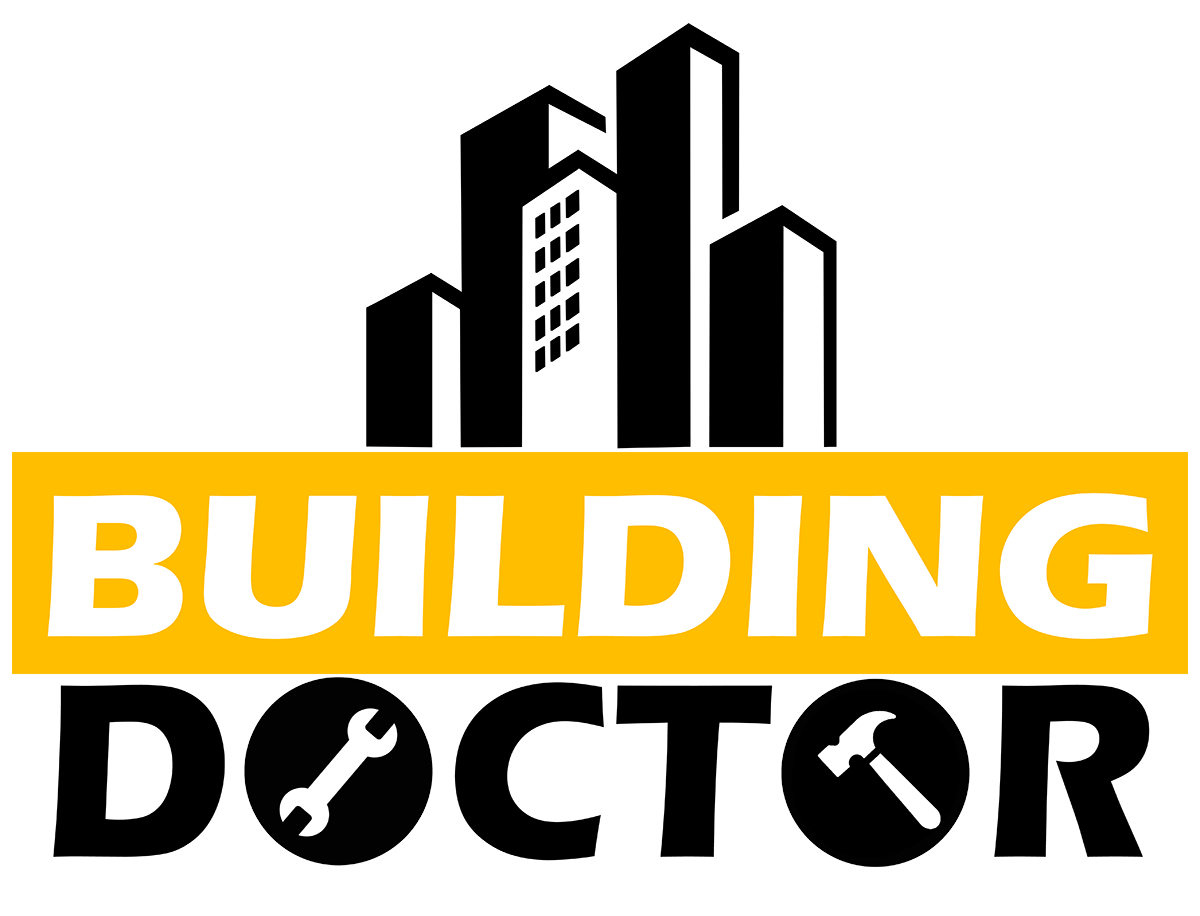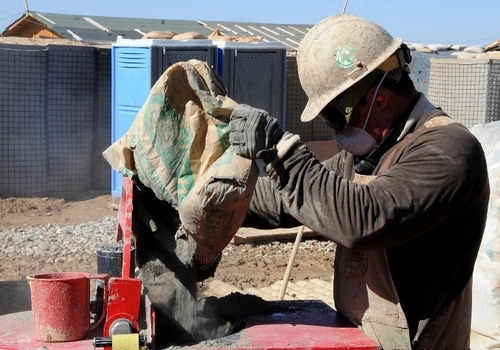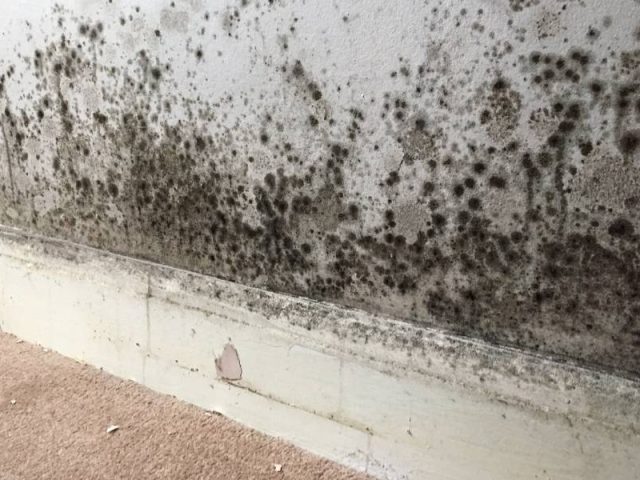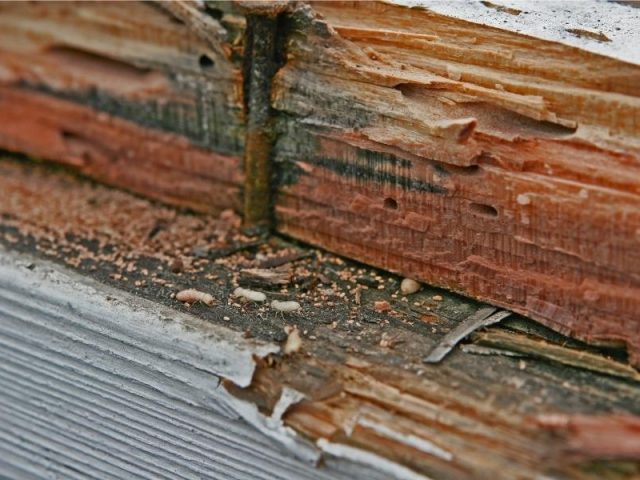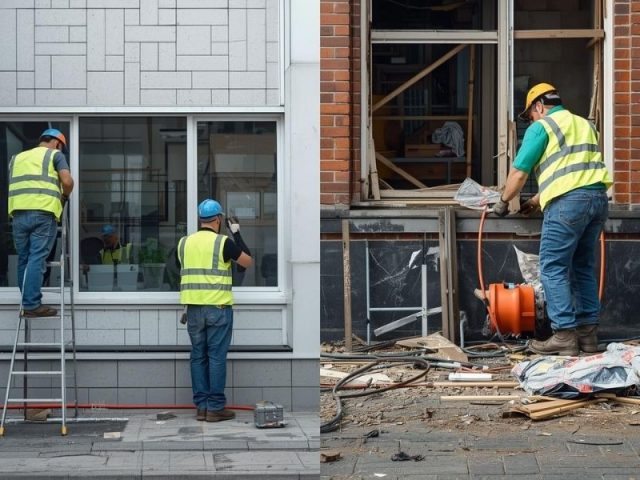Blog
Introduction
Figure 1: Crack
The occurrence of cracks in a building is common. The structural component will crack whenever the stress in it exceeds its own strength. Building cracks can be classified into two categories which are non-structural crack and structural crack. Non-structural cracks are cracks that do not jeopardize the stability and integrity of the structure but structural cracks do. Hence, extra cautious shall be given when dealing with building structural cracks.
There are several causes that led to the occurrence of structural cracks. Some of the common causes are as follows:
1. Poor Workmanship and Faulty Construction Practice
Figure 2: Workmanship
Various poor construction practices can cause structural cracks. These poor construction practices are usually due to ignorance, carelessness, and greedy of the contractor. Some of the poor construction practices are improper proportioning of concrete mix, inadequate quality control on concrete production, etc. Thus, proper monitoring of good construction process is important.
2. Improper Material Specification
Using improper material such as admixtures containing calcium chloride may lead to the corrosion of reinforcement. Besides, low quality bricks can absorb more water and cause cracks in the plaster. Hence, it is important to use proven quality building material instead of solely focusing on the pricing perspective.
3. Inadequate and Faulty Design
Improper structural design can give rise to several structural problems such as cracks. Cracks could be occurred due to design errors such as insufficient reinforcement, low concrete grade, undersize steel structure, etc. Besides, under-designed foundation could cause differential settlement which would also lead to the building cracking.
Besides the above human error, building cracks could be also caused by other associated structural issues.
1. Settlement of the Foundation
The occurrence of the cracks could be caused by the differential settlement of the foundation due to the unequal bearing pressure under different parts of the structure, low soil bearing capacity or improper design of the foundation. These issues could be prevented by designing the foundation based on sound engineering principles.
2. Overloading
The concrete and reinforced concrete design have its own limits of loading capacity for every specific use and purpose. When an excessive amount of load is placed on top of the concrete slab, it can cause cracking eventually. For example, a mezzanine floor slab is designed for office purpose but it is used as a warehouse for storage purpose which may cause overloading on the floor slab, thereby creating floor cracks.
Conclusion
In conclusion, it is important to practice proper construction method and engage with qualified professional building contractor so that the cracks and the problems associated with it can be prevented.
References
[1] Causes and Remedies of Cracks in Concrete Buildings. (2019, April 20). Retrieved October 19, 2020, from https://theconstructor.org/concrete/building-cracks-causes-remedies/5392/
[2] 6 Types of Concrete Cracks and What They Mean. (2019, February 11). Retrieved October 19, 2020, from https://concretesupplyco.com/6-concrete-cracks/
[3] C., By, -, & Constro Facilitator. (2019, October 22). Reasons of Cracks in Buildings. Retrieved October 19, 2020, from https://www.constrofacilitator.com/reasons-of-cracks-in-buildings/
